Collet issues
Collet advice
| Mouse | 22/06/2023 14:04:33 |
| 11 forum posts 12 photos |
the colets i recieved are a mix of imprial and metric. If I need to buy a different type of collet chuck can anyone reccomend sutable? I did think about just going to Morse taper 2 style to add height but for now Id rather use what i have as money keeps flying out for other needed equipment. |
| Bill Phinn | 22/06/2023 14:09:10 |
| 1076 forum posts 129 photos | Posted by Mouse on 22/06/2023 14:04:33:
Hi Im new to milling and have bought this fb2. The collet and collect chuck that came with the machine seems to correspond but when I tighten the arbour/ chuck the 6mm collet and 6mm endmill are still loose, does anyone have advice where i might be going wrong?
What is the size marking on the collet you're trying to fit the 6mm shank into? What is your procedure for tightening down the collet on to the endmill? Edited By Bill Phinn on 22/06/2023 14:09:58 |
| Nealeb | 22/06/2023 15:00:43 |
| 231 forum posts | That looks like an Autolock-style collet chuck designed to hold only the appropriate screwed-shank cutters - it won't hold a plain shank cutter. May be wrong - just trying to interpret the images! The body looks as if it has a centre point at the back which is a key part of the holding mechanism. On the other hand, with the right cutters, these are probably the most secure collet chucks you can get! There is a correct way to install cutters into these chucks, but let's make sure we know what we are looking at first. |
| SillyOldDuffer | 22/06/2023 15:04:09 |
| 10668 forum posts 2415 photos | I don't recognise the collet type, but the photo suggests the problem might be akin to the classic ER booby trap. Many of us on first using an ER collet holder miss the need to start by inserting the collet at an angle so it clicks into a ring at the bottom. Only after the collet has clicked in will it tighten properly. Arc Euro have a good description, it's under the 'More' tab. Also, don't put anything in the collet until the holder is mounted on the machine. I've found it can make tightening awkward. Dave
|
| Martin Connelly | 22/06/2023 15:05:05 |
2549 forum posts 235 photos | The collets have a threaded bore to suit threaded shank tooling. They will not close down on a plain shank tool. You need something like this. The centre drilling fits over the point in the back of the collet holder. Martin C |
| noel shelley | 22/06/2023 15:29:35 |
| 2308 forum posts 33 photos | As said looks like an auto loc type Have the collets got a thread in the hole ? There are 2 sets, metric and imperial. Noel |
| John Haine | 22/06/2023 15:31:59 |
| 5563 forum posts 322 photos | I don't think they can be like ER collets as they have a circumferential groove at the point where the front and back tapers join which engages with the eccentric ring in the nut. I agree that it looks more like an Autolock-type. An angled view of the back of a collet showing any internal screw thread would settle the matter. |
| Mark Rand | 22/06/2023 16:29:12 |
| 1505 forum posts 56 photos | It's a Pozilock collet and holder. A Clarkson Autolock work-alike made by Vertex. Threaded shank cutters are a requirement and collets are available in metric and Imperial. The likes of Chronos, Warco etc. sell collets. |
| John Haine | 22/06/2023 17:35:12 |
| 5563 forum posts 322 photos | Right! The thread is needed to make sure the collet is pulled hard against the internal taper. AFAIK Arc don't sell Pozilock though Warco do. Largely superceded by ER I think. |
| Macolm | 22/06/2023 21:00:18 |
185 forum posts 33 photos | They do look like Vertax/Pozilock collets.
When clamping a cutter, if you judge the setting point of the cutter against the centre pip correctly, when fully tightened, the taper inside the closure nut seats against the corresponding taper of the main body. This ensures excellent concentricity and rigidity. |
| elanman | 22/06/2023 21:51:46 |
| 47 forum posts 4 photos | The big advantage with screw loc cutters is that they cannot walk out of the collet and they should self tighten. The disadvantage now is that they are out of fashion compared to fifty years ago and so the selection of cutters one can buy is less. Tracy tools also sell the cutters as do other suppliers. As the OP has eight collets I assume he has a full set, both imp and metric. Edited By elanman on 22/06/2023 21:53:19 Edited By elanman on 22/06/2023 21:53:41 |
| Nigel Graham 2 | 22/06/2023 23:49:32 |
| 3293 forum posts 112 photos | Also note that this type of collet is far fussier than ER ones regarding diameter. You must match like with like: a 1/4" collet will not grip a 6mm dia cutter shank, for example, although that is not the primary driving grip. (It would be cruel to expect any collet system to cope with that huge mismatch, of course, but the screw-lock types are very much right-diameter only, even on the closer matches.) |
| Mark Rand | 23/06/2023 07:47:39 |
| 1505 forum posts 56 photos | It has crossed my mind that If I ever finish the Quorn (that'd be after starting it, of course |
| DC31k | 23/06/2023 08:10:12 |
| 1186 forum posts 11 photos | Posted by Mark Rand on 23/06/2023 07:47:39:
...plated diamond Whitworth 20tpi form wheel made. Could you clarify that you are thinking of grinding carbide cutters. I was under the impression that diamond wheels are not the best for grinding (high speed) steel. Also, I think the wheel form would have to be such that it produced a Whitworth form when set at the thread helix angle. Hence the wheel itself would have to be a slightly different angle to 55 degrees. |
| Martin Connelly | 23/06/2023 08:36:20 |
2549 forum posts 235 photos | I don't think the thread form needs to be so perfect that a modified angle would be required. I cut the threads until the collet threads on to the part loosely enough to ensure the self screwing action under load. It is important to polish the thread enough to reduce friction as well (a number of passes with Scotchbrite for example). This means that if the angle is slightly wrong you would just be cutting the thread slightly deeper to compensate. The important features are the diameter is correct and the centre drilling in the end is on centre. Mouse could do as I have done for a lot of tooling, modify (or get someone else to supply) an ER parallel shank collet holder to suit a 16mm collet if he wants to make use of this collet holder and collets beyond just buying threaded tooling. I have also centre drilled and cut the required thread onto, amongst other things, the shanks of a Ø16 insert milling cutter, a fly cutter and a set of "Little Hoggers". Martin C It occurs to me that threading carbide is probably not going to be as hard as drilling the centre in the end of it. There is also the risk of brittle threads in carbide shearing off. I would put carbide tooling in my modified ER holder or use my standard ER collet holder in the spindle. Edited By Martin Connelly on 23/06/2023 08:39:55 |
| Mouse | 23/06/2023 09:11:27 |
| 11 forum posts 12 photos |
Hi heres a few more pics to help clarify on what i ight have. It came with a 1/4 3/8 1/2 5/8 6, 10, 12, 16 mm there are threads in the collet which i believe reflect the collet size for each bit. Understood about the fitting the collet holder to the stem first unfortunately ive now found out that i have two thread systems with my chuks and holders. I have metric m10 1.5 alan key rod with the machine which fits my new facing end mill but doesnt fit any of my other collet holder chuck, and slottin chuck. so if any one knows the correct thread size id appreciate a link. see pics below its 210mm long.im guessing 3/8 16? The collet holder maker is Shin Yain |
| Chris Evans 6 | 23/06/2023 09:13:29 |
2156 forum posts | Mouse, where abouts are you located ? If close to me in the Midlands I could give you a run through of using this type of set up. Chris. |
| Mouse | 23/06/2023 09:29:44 |
| 11 forum posts 12 photos | |
| Michael Gilligan | 23/06/2023 09:38:22 |
23121 forum posts 1360 photos | That nicely confirms what you have been told MichaelG. . Edit: __ that’s probably stating the obvious, by now. Edited By Michael Gilligan on 23/06/2023 09:49:46 |
| Howard Lewis | 24/06/2023 09:10:44 |
| 7227 forum posts 21 photos | 3/8 x 16 sounds as if it mignt be 3/8 BSW which was the "standard" thread for drawbars in the Imperial world, until comparatively recently. Howard |
Please login to post a reply.
Want the latest issue of Model Engineer or Model Engineers' Workshop? Use our magazine locator links to find your nearest stockist!
Sign up to our newsletter and get a free digital issue.
You can unsubscribe at anytime. View our privacy policy at www.mortons.co.uk/privacy
- *Oct 2023: FORUM MIGRATION TIMELINE*
05/10/2023 07:57:11 - Making ER11 collet chuck
05/10/2023 07:56:24 - What did you do today? 2023
05/10/2023 07:25:01 - Orrery
05/10/2023 06:00:41 - Wera hand-tools
05/10/2023 05:47:07 - New member
05/10/2023 04:40:11 - Problems with external pot on at1 vfd
05/10/2023 00:06:32 - Drain plug
04/10/2023 23:36:17 - digi phase converter for 10 machines.....
04/10/2023 23:13:48 - Winter Storage Of Locomotives
04/10/2023 21:02:11 - More Latest Posts...
- View All Topics
- Reeves** - Rebuilt Royal Scot by Martin Evans
by John Broughton
£300.00 - BRITANNIA 5" GAUGE James Perrier
by Jon Seabright 1
£2,500.00 - Drill Grinder - for restoration
by Nigel Graham 2
£0.00 - WARCO WM18 MILLING MACHINE
by Alex Chudley
£1,200.00 - MYFORD SUPER 7 LATHE
by Alex Chudley
£2,000.00 - More "For Sale" Ads...
- D1-3 backplate
by Michael Horley
Price Not Specified - fixed steady for a Colchester bantam mark1 800
by George Jervis
Price Not Specified - lbsc pansy
by JACK SIDEBOTHAM
Price Not Specified - Pratt Burnerd multifit chuck key.
by Tim Riome
Price Not Specified - BANDSAW BLADE WELDER
by HUGH
Price Not Specified - More "Wanted" Ads...
Do you want to contact the Model Engineer and Model Engineers' Workshop team?
You can contact us by phone, mail or email about the magazines including becoming a contributor, submitting reader's letters or making queries about articles. You can also get in touch about this website, advertising or other general issues.
Click THIS LINK for full contact details.
For subscription issues please see THIS LINK.
Model Engineer Magazine
- Percival Marshall
- M.E. History
- LittleLEC
- M.E. Clock
ME Workshop
- An Adcock
- & Shipley
- Horizontal
- Mill
Subscribe Now
- Great savings
- Delivered to your door
Pre-order your copy!
- Delivered to your doorstep!
- Free UK delivery!

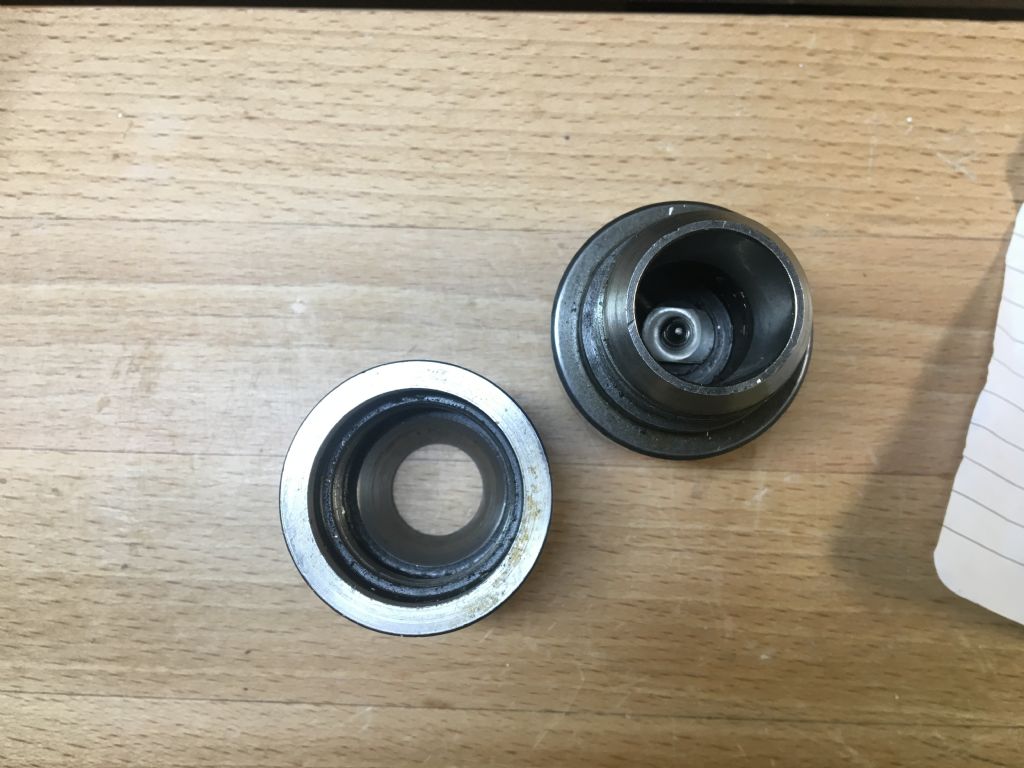
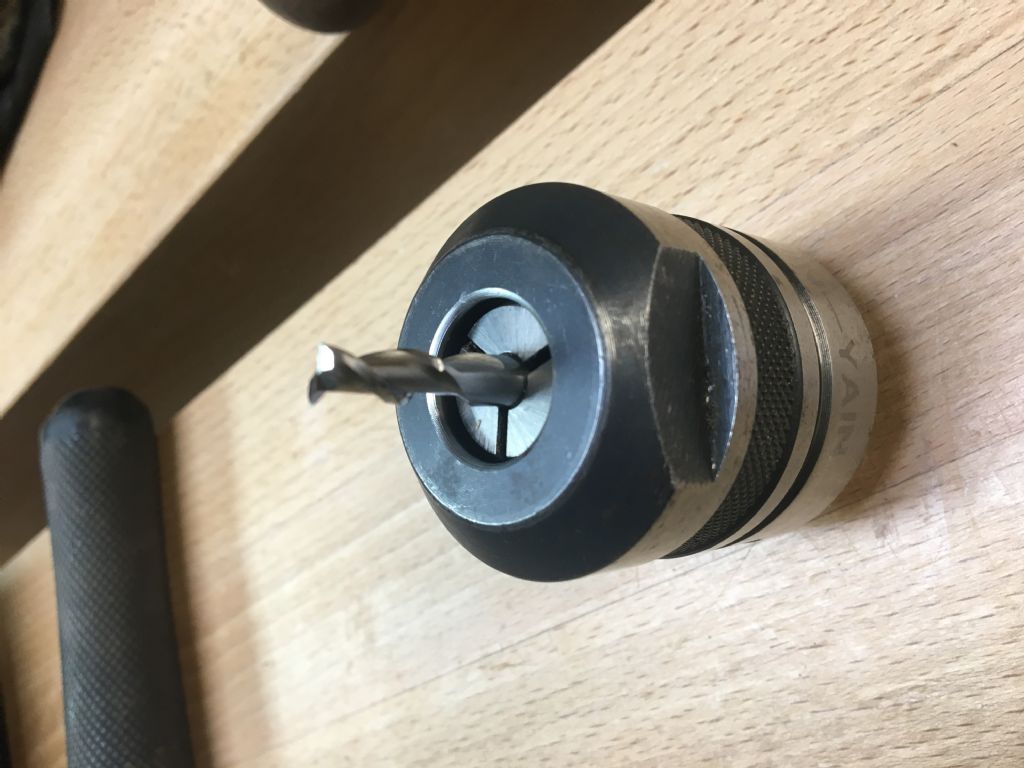
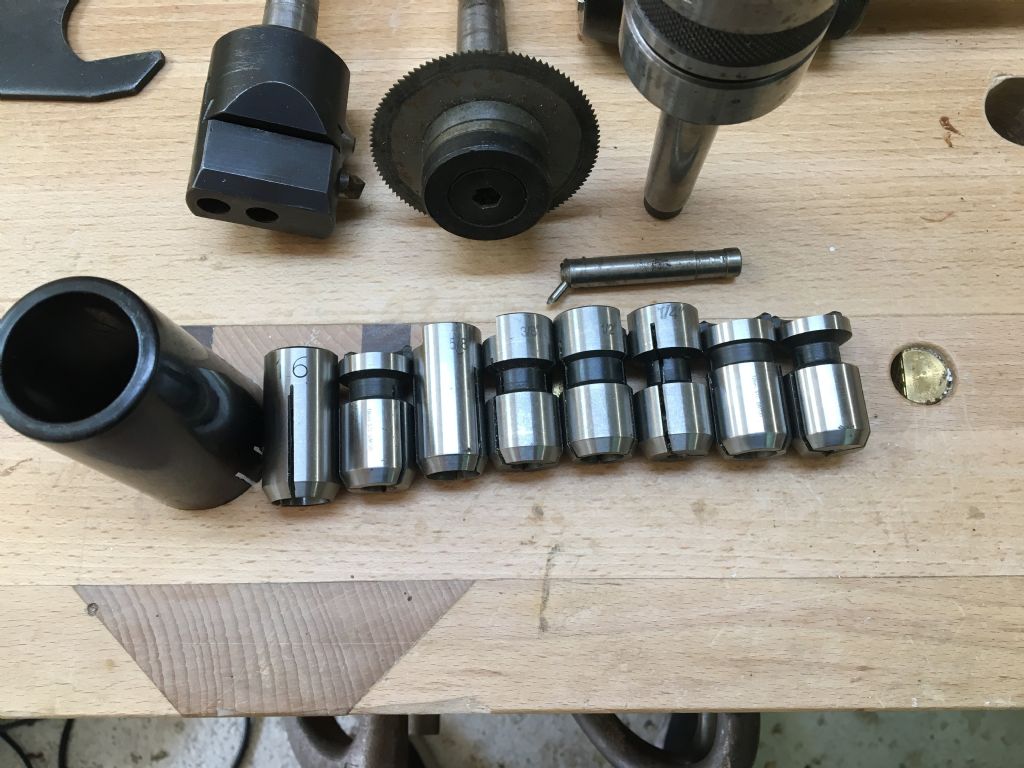


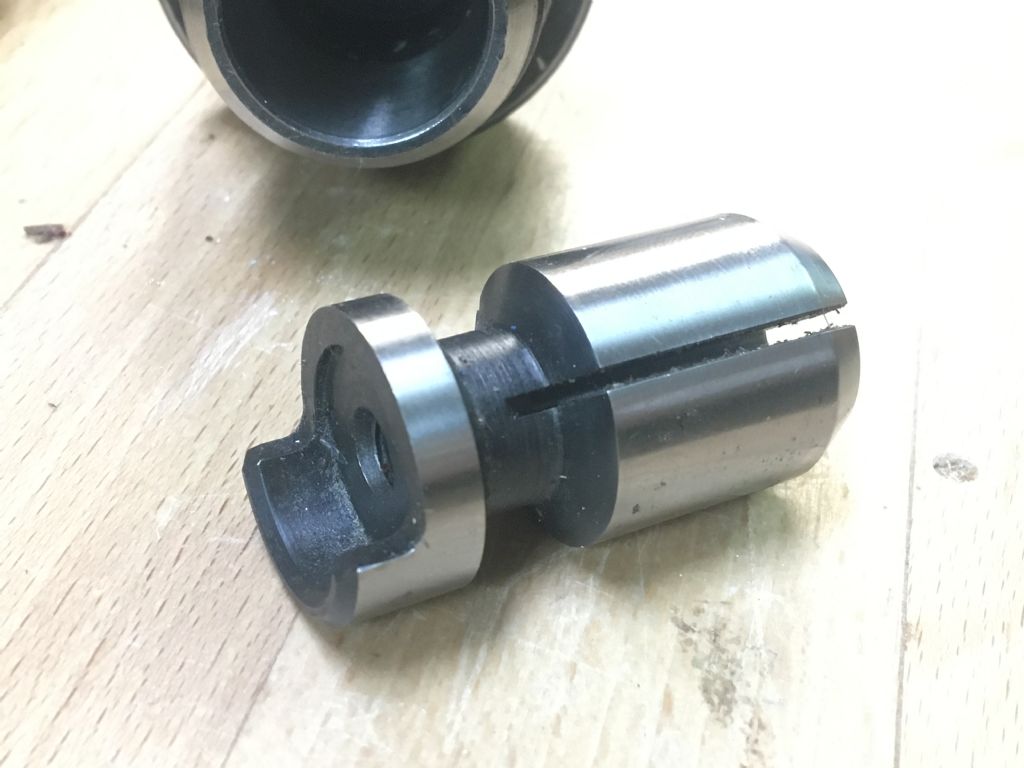
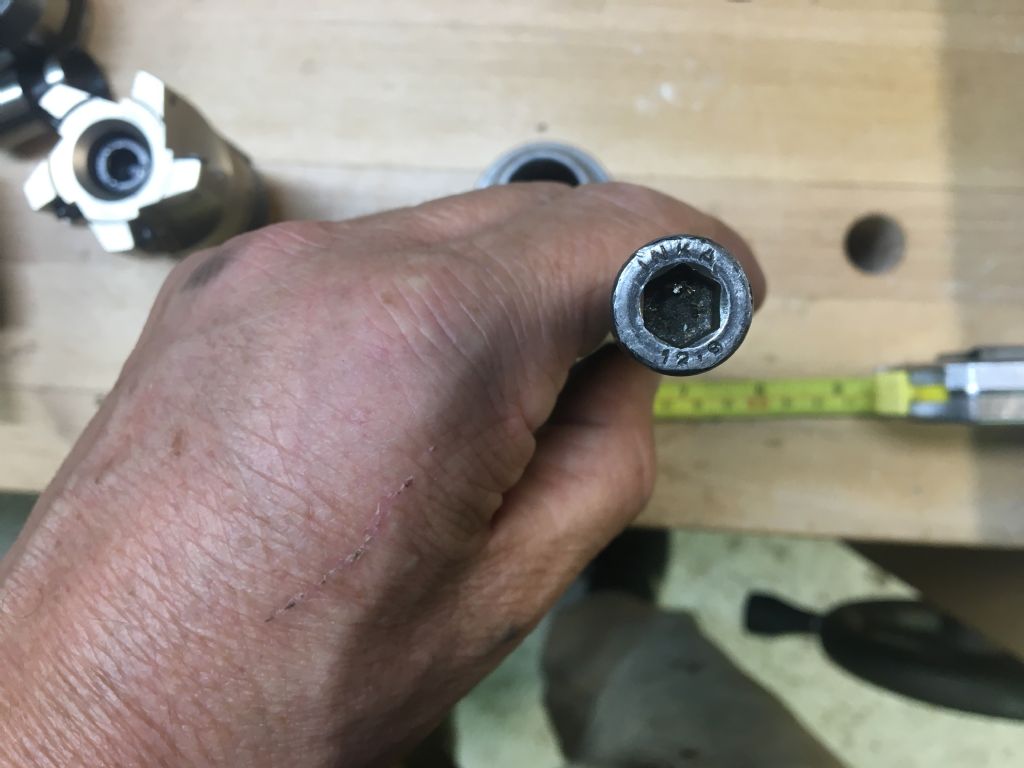
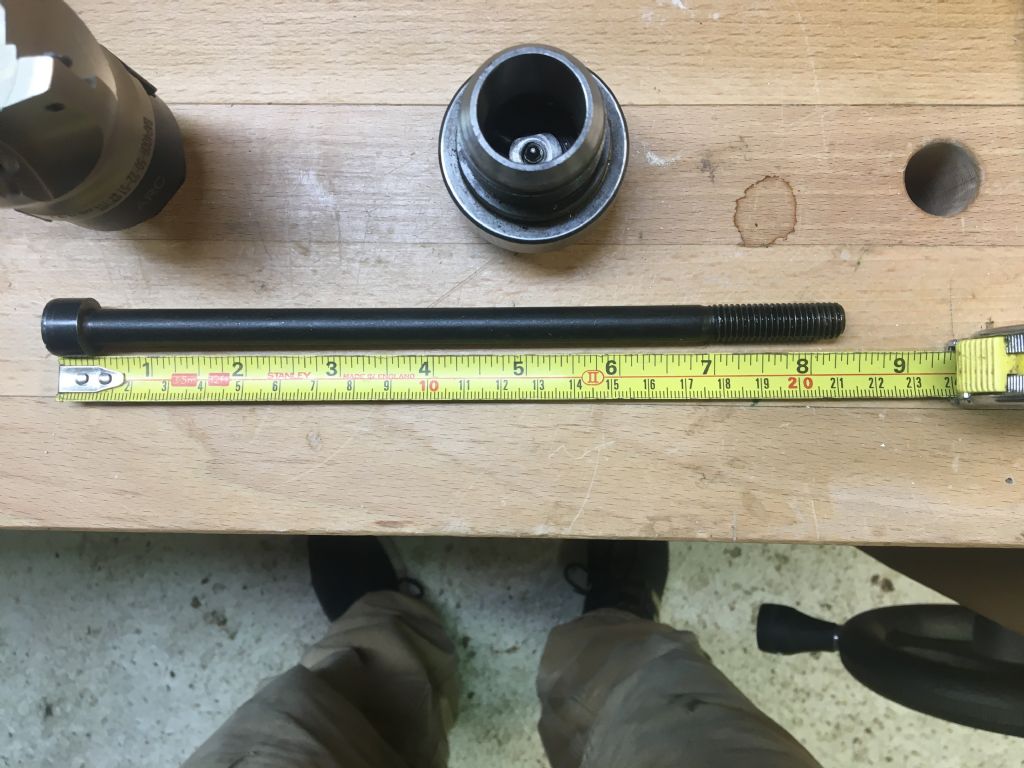










 Register
Register Log-in
Log-in


